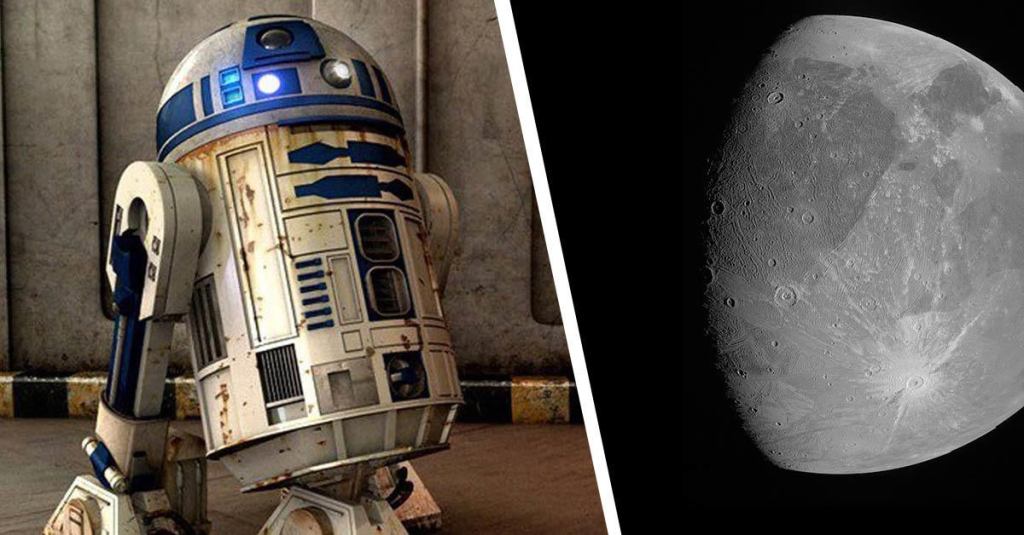NASA recently released audio recording of Jupiter’s moon, Ganymede, and it turns out that while the vacuum of space itself is silent when adjusted for human ears the radio waves of the planet’s largest moon sound a lot like a beloved droid from a galaxy far, far away, R2D2. On Friday, Scott Bolton, principal investigator for NASA’s Juno mission, debuted the audio at the American Geophysical Union meeting in New Orleans, revealing a 50-second moon soundtrack of beeps, boops, and chirps translated from data collected by NASA’s Waves instrument. You can check it out for yourself below.
Videos by ComicBook.com
The Waves instrument collected the data in the recording from electric and magnetic radio waves as the Juno spacecraft flew close to Ganymede on June 7th, getting within 645 miles of its surface — the closest to that moon than any other in the 20 years since its mission launch in August 2011. Juno arrived at Jupiter in July 2016 where it has completed dozens of orbits around the planet since.
As for the Ganymede recording, researchers shifted the frequencies of the collected data from the electric and magnetic radio waves to make them audible for human hearing and in listening to the resulting audio track, one can essentially hear the shift in where the spacecraft is in relationship to the moon.
“This soundtrack is just wild enough to make you feel as if you were riding along as Juno sails past Ganymede for the first time in more than two decades,” Bolton said in a NASA statement (via CBS News). “If you listen closely, you can hear the abrupt change to higher frequencies around the midpoint of the recording, which represents entry into a different region in Ganymede’s magnetosphere.”
Ganymede is the largest of Jupiter’s 80 known natural satellites and is bigger than both the planet Mercury and the dwarf planet, Pluto. It’s also believed to have an underground saltwater ocean that, according to NASA, is thought to contain more water than all of the water on the Earth’s surface. Ganymede is also the only moon known to have its own magnetic field.
In other space news, later this week NASA, the European Space Agency, and the Canadian Space Agency will officially launch the replacement for the Hubble Space Telescope. On Friday, December 24th, the James Webb Space Telescope will launch into space. The telescope is the biggest that NASA has ever had a hand in developing and, upon launch, will be the world’s largest and most powerful space science telescope ever made. You can read more about the upcoming launch here.
What do you think about the R2D2-like sound of Ganymede? Let us know your thoughts in the comments!









